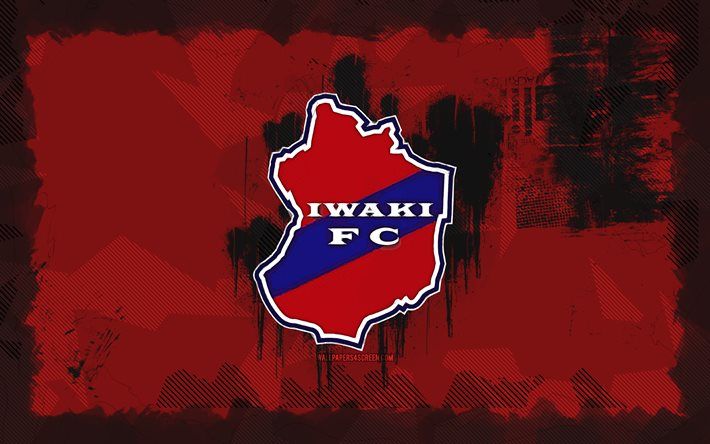
Iwaki FC Impact on Japanese Football and Future Opportunities
The establishment of Iwaki FC as a competitive force in Japanese football has broader implications for the sport on a national level. By focusing on community engagement, youth development, and enhancing regional identity, the club effectively positions itself as a model for aspiring football teams across the country.
Significance of Iwaki FC
A club that prioritizes communal ties can significantly contribute to social welfare and economic vitality. Iwaki FC embodies this principle through initiatives that engage local residents and businesses, fostering relationships that radiate beyond the football pitch. The club establishes a sense of belonging, creating a vibrant environment where sports can serve as a bridge for various initiatives enhancing community life rwin.
With programs that encourage participation in matches, charity events, and youth training camps, Iwaki FC strengthens the cultural fabric of Iwaki City. The responsiveness of the organization to local needs showcases the positive influence it holds not only as a football entity but also as a leader in uplifting community pride and cohesion.
Community involvement extends to the sustainable growth of local economies. An increase in match attendance stimulates business for local vendors and shops, generating a cycle of economic prosperity that benefits everyone involved. This holistic commitment reflects the integral role Iwaki FC plays in the larger social landscape, contributing to the well-being of its residents and fostering a shared purpose.
Leveraging Recognition and Future Opportunities
As Iwaki FC enhances its visibility through exciting performances and community outreach, the club stands poised to explore greater avenues for success. Recognition from national media and football experts can fuel a trajectory towards higher leagues and more significant competitive opportunities. These advancements not only garner respect but also introduce multiple pathways for enhancing club resources.
Increased visibility through local and national coverage opens the doors to coveted sponsorships and partnerships that can propel Iwaki FC forward. As the club experiences growth, it can invest in better facilities, training programs, and player acquisitions that elevate its status in Japanese football. Furthermore, engaging with a broader fan base transcends regional limitations, enabling the club to establish its brand on a national and even international stage.
With the prospect of joining higher leagues, the club inevitably gains increased broadcasting rights and revenue streams that facilitate ambitious projects. Such future opportunities could allow Iwaki FC to cement its place as not just a competitive team but also as a cornerstone of Japanese football’s evolution, providing further impact and outreach for future generations of aspiring athletes.
Conclusion
Iwaki FC serves as a powerful illustration of how community, strategic planning, and dedication intertwine to cultivate a club that embodies sustainability and growth. From its robust youth development initiatives to an emphasis on local pride, Iwaki FC not only strives for success on the pitch but also enriches the broader fabric of Iwaki City. Their journey—a mix of revitalizing local identity and ambitious aspirations in Japanese football—represents an inspiring model for clubs looking to become impactful entities in their communities and sports. The future of Iwaki FC shines brightly with the potential to influence subsequent generations and shape lasting legacies in both football and regional development.